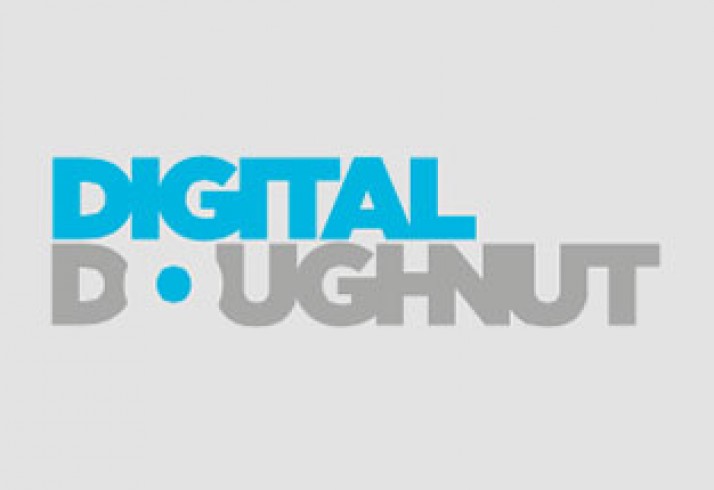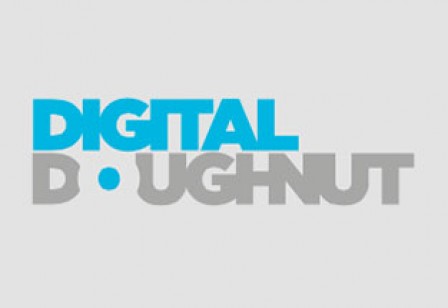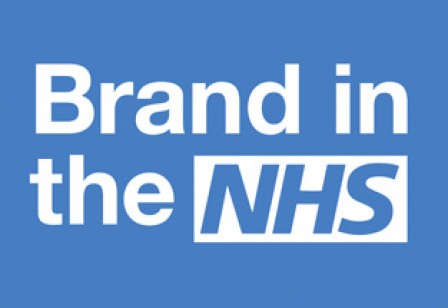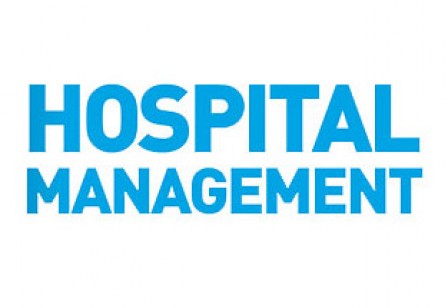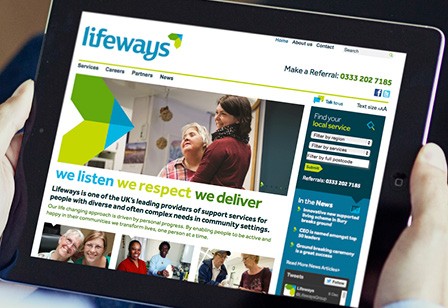Ehealth or digital snake oil?
As featured in Digital Doughnut, by Marcus Watson
According to James Madara, CEO of the American Medical Association, (AMA), the digital health industry is peddling apps and devices that "impede care, confuse patients, and waste time." Madara goes so far as to suggest this is the digital snake oil of the early 21st century.
Yet eHealth is on the brink of revolutionising healthcare as we know it. We can have a video consultation with a doctor, manage our prescriptions with an app, and use our smartphones as diagnostic tools.
In fact in 2015 a PwC report announced that mobile health app adoption had doubled from 2013 to 2015.
eHealth might well be poised to steal a march on more traditional healthcare services, however, as Madara points out, there is a growing need to bridge the confidence gap before eHealth can truly deliver on its potential.
Functionality is crucial of course, and people will feel safer with content that’s thoughtfully designed and built upon reliable, thorough data. But brand and reputation can help smooth the path too.
Here are three impactful ways of doing just that.
Heightening the personal connection
The healthcare sector has the capacity for powerful emotional storytelling. eHealth on the other hand may offer patients greater control, but the impersonal nature of the technology means it’s hard to build a human link between patient and interface.
This is due in part to healthcare lagging behind other industries when it comes to embracing digital technology geared towards the individual. However, now that these technologies are starting to take hold it’s vital that they fit seamlessly into the patient’s experience.
Careful brand evolution can go a long way towards addressing this dichotomy. Where the NHS dictates, eHealth technologies can listen and adapt to the needs of the user, building a world around their requirements.
Nobody wants a health app to try and be your best friend, but what you do want is a connection that feels human and personal. With an amiable tone of voice, or by allowing users to connect directly to an individual as a reference point, these technologies can replicate the confidence that comes with consulting a real person about your health.
The tightrope of staying friendly and personal on the one hand, whilst not sounding awkwardly obsequious and unprofessional on the other, is a real challenge. Rigorous audience testing to ensure the content and language is both practical and caring will go a long way towards reassuring patients.
Aligning with symbols of trust in the health world.
If you’re representing organisations or institutions with long histories and proud records in health, using the glow of their aura will help spread trust. PwC’s analysis of the top health issues of 2015 cited rating by others and ratings by the government as some of the biggest factors influencing people’s buying of health services.
YourMD does this already, citing its connections with the NHS to bolster confidence in the advice it delivers.
Other apps put qualifications front and centre: the NHS lets you assume someone is highly trained, but eHealth apps have to shout it from the rooftops. If you have a look at Dr Now, a UK app that - for a fee - gets you screen to screen with a GP, every medical professional featured is resplendent in their white coat, hammering home their expertise.
Likewise, as connected health tools start to create fresh links to industries that rarely interact with healthcare such as retail, financial services and hospitality, there will be new opportunities to draw influence from other brands. This could mean another step forward in the connection between our technology and our wider lives, yet this will only ever have impact if the heart of these eHealth brands remains deeply rooted in the patients’ experience.
Amplifying the ideal
eHealth organisations need to sell an ideal. With the volcanic rise of health blogs and lifestyle instagrammers, these new health companies need to represent an idyll that people want to attain. This is about being healthy, and looking after yourself now and in the future, and telling people we have the technology to make it happen, and make it happen easily.
By showing the value of what you’re doing and the change it can make to people’s lives, you can diminish the sense of unease that comes with taking the person out of health. Consulting and building services and messages with your audiences can help to articulate these beliefs, taking you from an outsider to be wary of to a partner who can be trusted.
Many of the most powerful examples of this come from the US commercialised health world, and apps such as HealthTap try and club users together as part of a movement.
Finally...
The very broad industry that is digital health is still nascent, and there is always a tendency to shun anything that’s new, particularly when it comes to our health. However, eHealth has the potential to win over people’s trust and alter the healthcare landscape permanently, but in order to do so they must harness brand and reputation.
